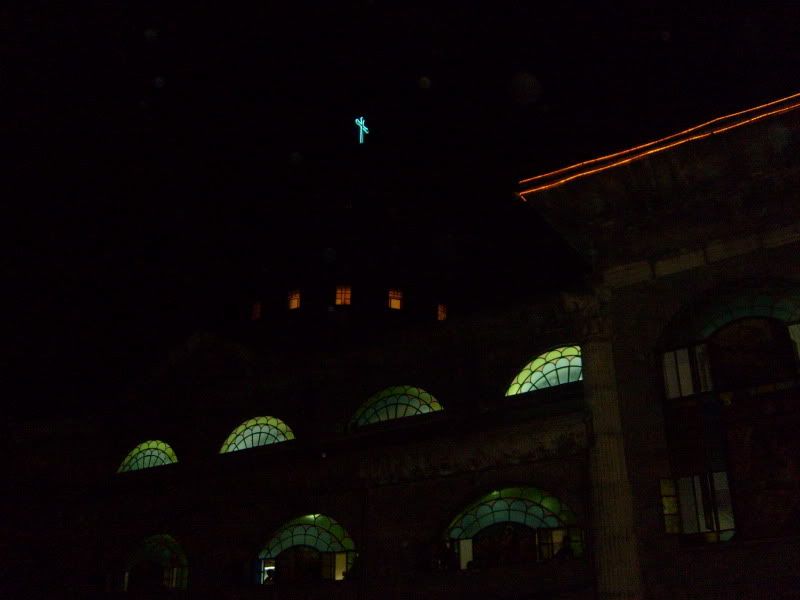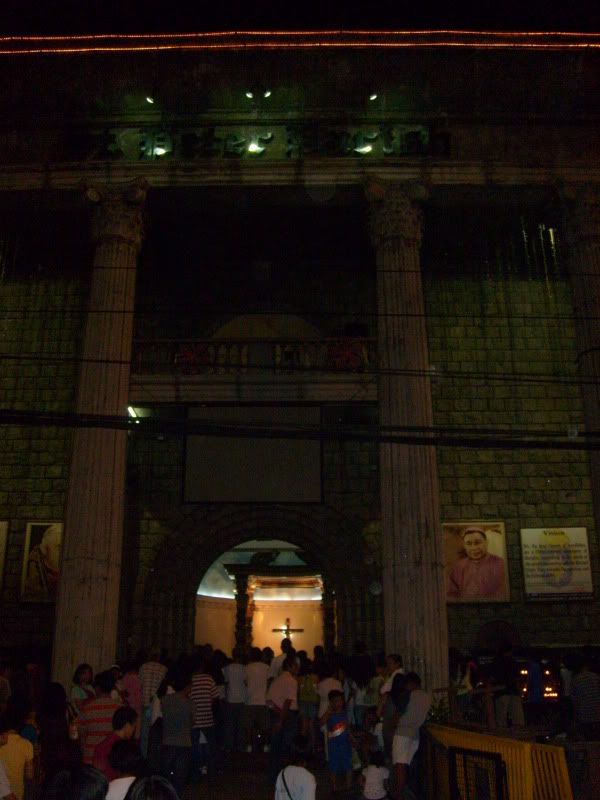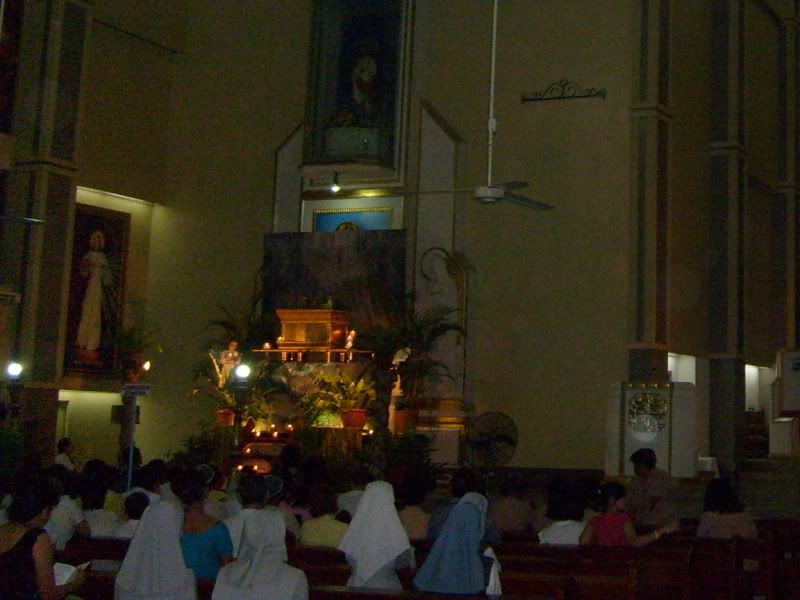“Tayo na sa Antipolo!” (Let’s go to Antipolo!), as one traditional song proclaimed.
So we did, designated Secretariat staff to the Center for Asian Integrity’s (CAI) Technical Working Group (TWG) last April 21 and 22, both organizers and participants to a planning writeshop, who trekked to this popular land of suman (rice cake), mangoes and kasoy (cashew nuts)!
A first class (in terms of income) city in the province of Rizal, Antipolo is located around 25 kilometers east of Metropolitan Manila. In terms of population, this city is considered the most populous in the Calabarzon (Southern Tagalog) area and ranked 7th most populous in the whole country based on a population census in 2007.
Named after the Tipolo (Artocarpus incisa) or breadfruit tree which was once in abundance in the area, the city rests on the slopes of the Sierra Madre mountain range, its elevated plateau provides a breathtaking view of Metro Manila especially during the evening and the break of dawn. Of course, that’s if the usual thick smog doesn’t ruin it.
The city prides itself as the “Pilgrimage Capital of the Philippines” and for good reason. Since the time of the Spanish colonials, many Filipino Catholics have journeyed to this area, devotees to the Marian image of the Our Lady of Peace and Good Voyage or simply known as the Virgin of Antipolo.
Paying homage to God and His favored handmaid, our first stop in the city was the Antipolo Cathedral.
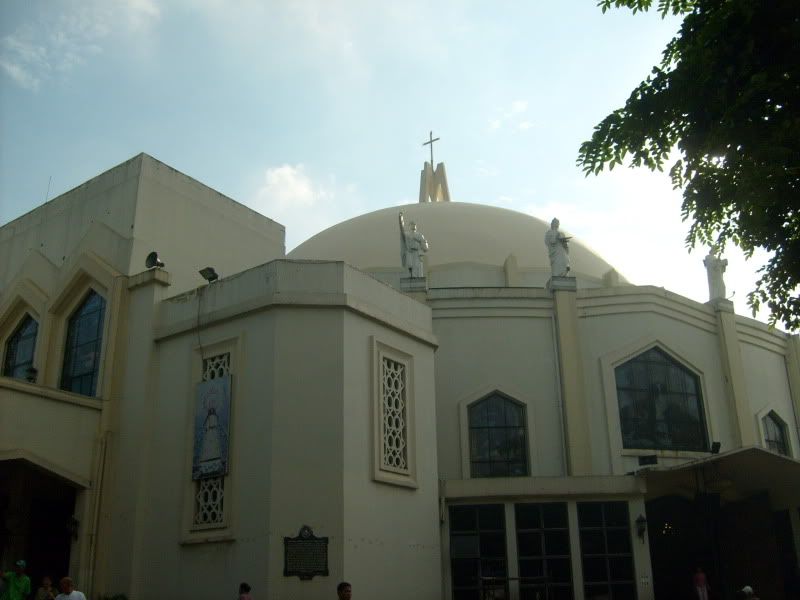
The Franciscans were said to be the first missionaries in Antipolo when they arrived there in 1578. They were replaced by the Jesuits in 1591 who organized the small village into a parish. But it was during the administration of the Augustinian Recolletos (which started in 1864) that the Virgin of Antipolo gained a following of devotees. Pilgrims from Manila and nearby towns and provinces journeyed on foot or on hammocks along the mountain trails and springs.
In 1954, the church of Antipolo was declared as a National Shrine of the Philippines dedicated to the “Nuestra Seňora dela Paz y Buen Viaje”. The statue was brought from Acapulco, Mexico to Manila in 1626 by Governor Juan Niňo de Tavora and at his death was turned over to the Jesuits for the Church of Antipolo in 1632. Proclaimed “Patroness of the Galleons”, the image again crossed the the Pacific several times during the 1600s and once in 1746.
On May 6, 1947, the procession of the Virgin of Antipolo was first held starting at the hills of Pinagmisahan. The following year, a National Committee was formed to undertake a massive fund-raising campaign to establish the Cathedral of Antipolo.
As one of the most popular Marian shrines in the country, various customs rose out from the pilgrimages to Antipolo. One popular tradition is the journey to its site on the eve of Good Friday or May 1 from several locations in Rizal Province or Metro Manila. One of the most famous starting points was the Quiapo Church in the City of Manila.
Another popular custom was to have new cars blessed at the Cathedral in the belief that this shall make sure the safety of the vehicle and its passengers. After all, she wasn’t declared the Lady of Peace and Good Voyage for nothing.
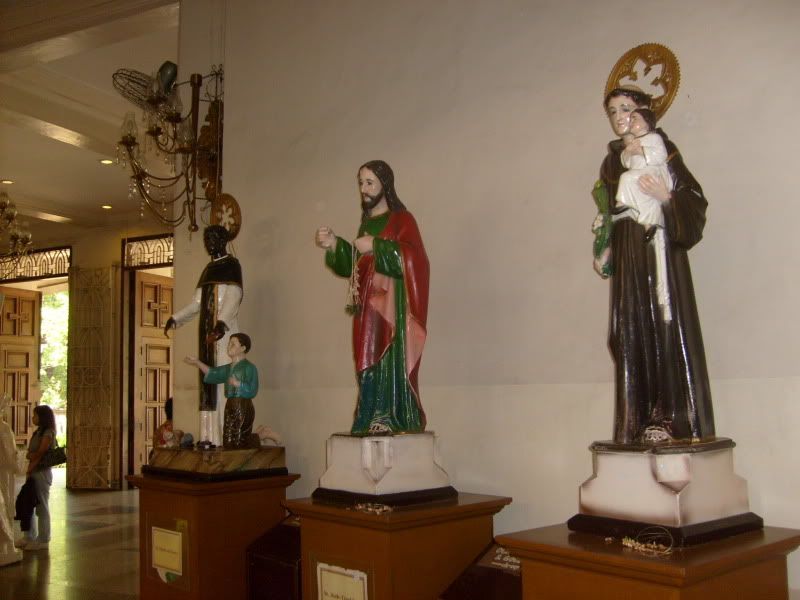
Statues of the saints which included one of my favorites:
St. Martin de Porres (1st from left)
A growing community of 58 parishes, the Diocese is the fifth largest local church in terms of its Catholic population out of the 86 ecclesiastical jurisdictions in the country today, after the Archdioceses of Cebu, San Fernando (Pampanga), Manila, and the Diocese of Malolos (Bulacan).
As devout members of Antipolo may affirm, let me proclaim the diocesan motto: “Ad Jesum Per Mariam!”
For pilgrims who want to bring some local treats to their loved ones, check out the so-called “Pasalubong Center” just beside the Cathedral. I’m sure there is some delicacy out there much to your liking!

Venue of our workshop: The MMLDC Academic Hall
Not far from the town proper we arrived at our planning activity venue: the Meralco Management & Leadership Development Center (MMLDC) at Km. 27 along Sumulong Highway in Antipolo City.
The CAI TWG’s two-day planning writeshop had very specific objectives. One, review and finalize the results of the CAI strategic planning workshop held last month in Tagaytay City. Two, formulate a business plan for CAI. Lastly, the group is expected to draft governing rules, principles and policy guidelines for the Center.
Our group needed a venue which had a conducive learning environment for the purpose and relatively close to the metropolis. The MMLDC nestled at a scenic nine hectare hilltop forested oasis seemed to fit the bill.
A mere 30 minute ride from the Ortigas business district, the MMLDC appeared to me as a surprising nature haven despite its proximity to Metro Manila.
Our activity room was one of several classrooms varying in seating capacity and design found inside the Center’s Academic Hall. Aside from the classrooms, the Academic Hall also houses a conference room with video conferencing facilities, case rooms, a business center, a museum and an “educational suite” which supports production of multi-media packages.
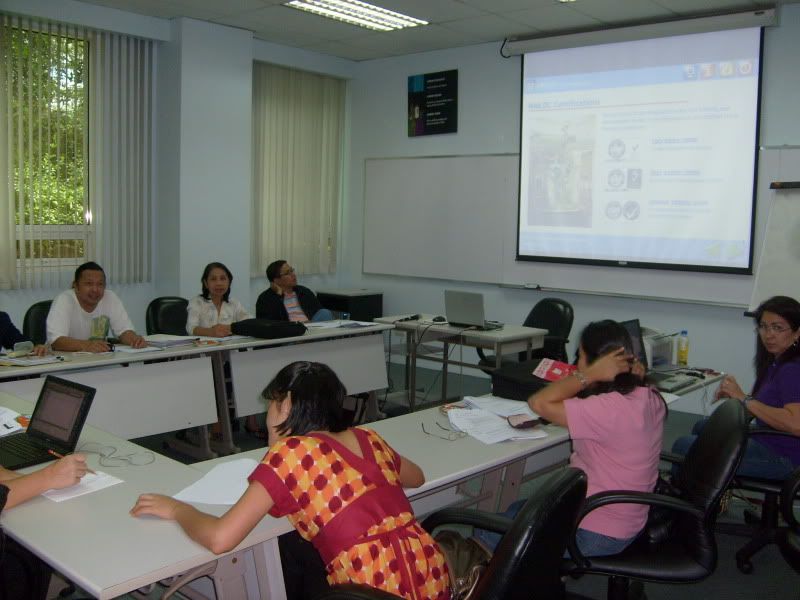
Settling down to work
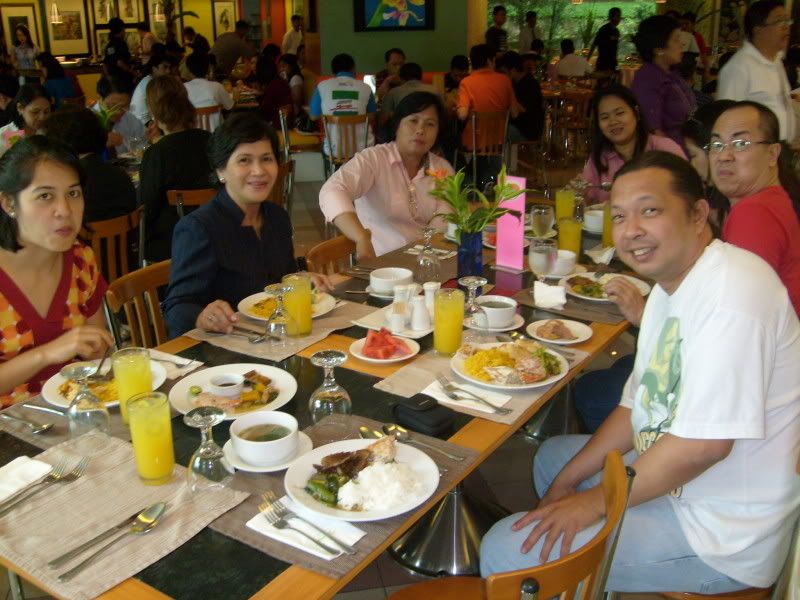
Sumptuous lunch at the Mess Hall
Asst. Ombudsman Evelyn Baliton
The Center’s Residence Hall provided comfortable accommodation and rest to us overnight guests. Located at the highest point of the site, the Residence Hall is to date the biggest building inside the Center, capable of accommodating 156 participants and 24 faculty members all at the same time. It has a chapel, a spacious lounge, a clinic and gym with spa.

With so many tasty food choices, dinner was equally sumptuous as our lunch
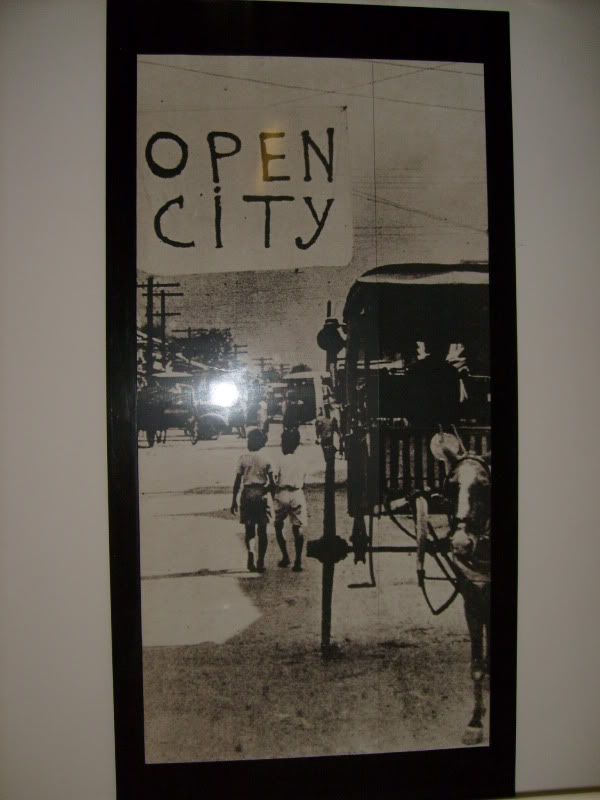
Images from the country’s historic past are displayed at the hallways of the Residence Hall (Manila was declared an ‘open city’ when the Japanese Imperial Army first attacked the country during the Second World War)
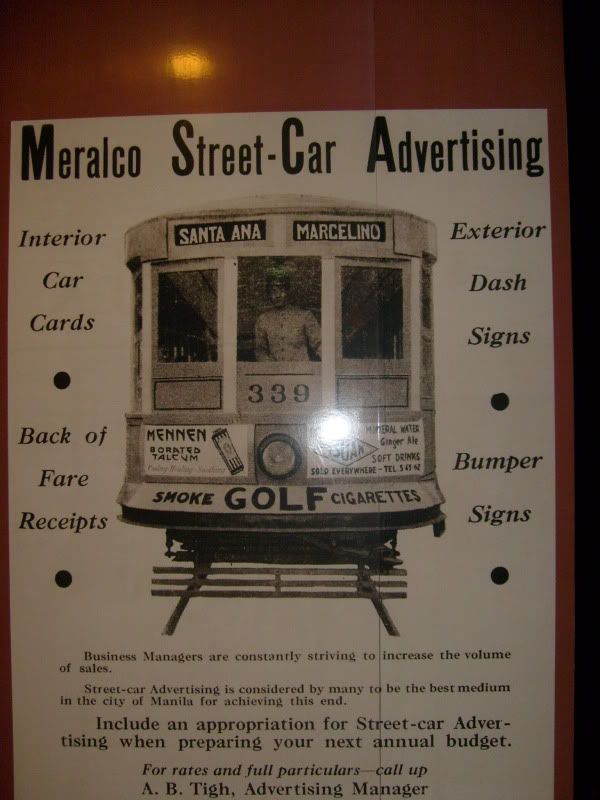
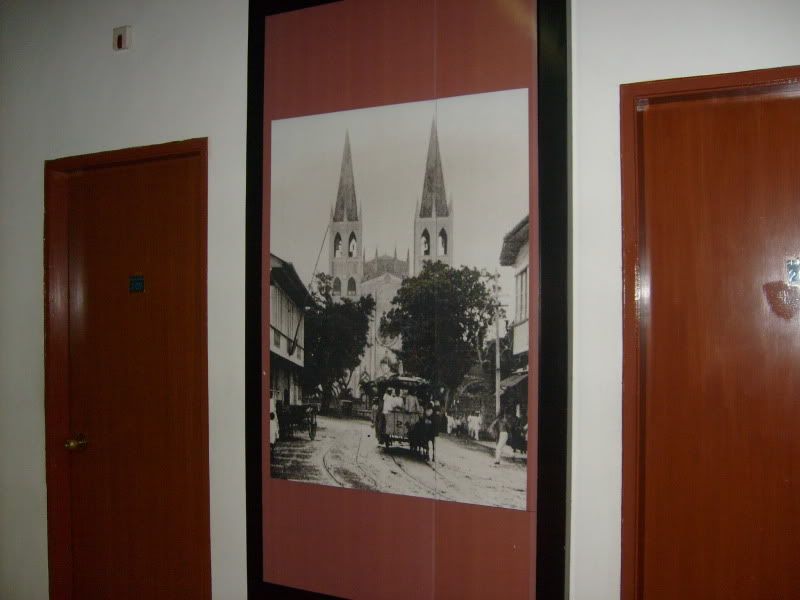
San Sebastian Church during a bygone era
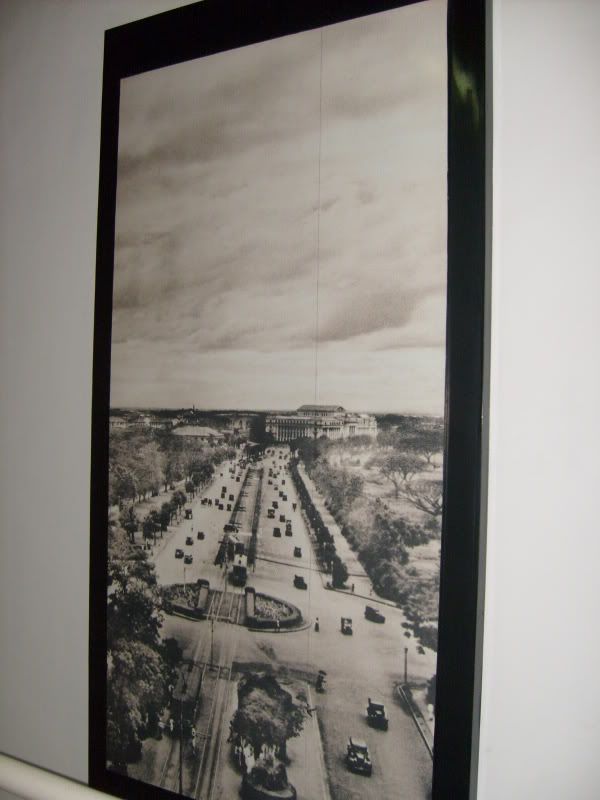
Avenue leading to the old building of the Philippine Congress
(now the National Museum) at the background

The MMLDC Residence Hall
Every building in the Center carries an evident minimalist architecture and character which complements with the environmentalist advocacy and technological dynamism of its institution.
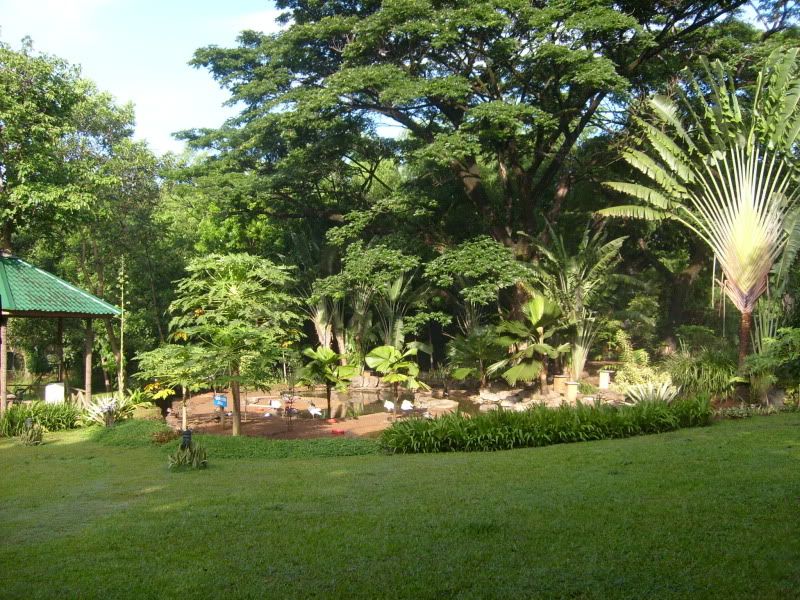
Of course, one cannot write about MML Development Center without mention of the delectable and healthy cuisine it offers to its clients. Definitely a highlight of one’s stay at the Center, I can still vividly remember the gastronomic components of my power breakfast that second day at the Center.
It consisted of:
Longganisa Hamonado
Chicken Tocino
Salisbury Steak
Fritata con Espaňol
Garlic Rice
Fresh Fruits (Papaya)
Orange Juice
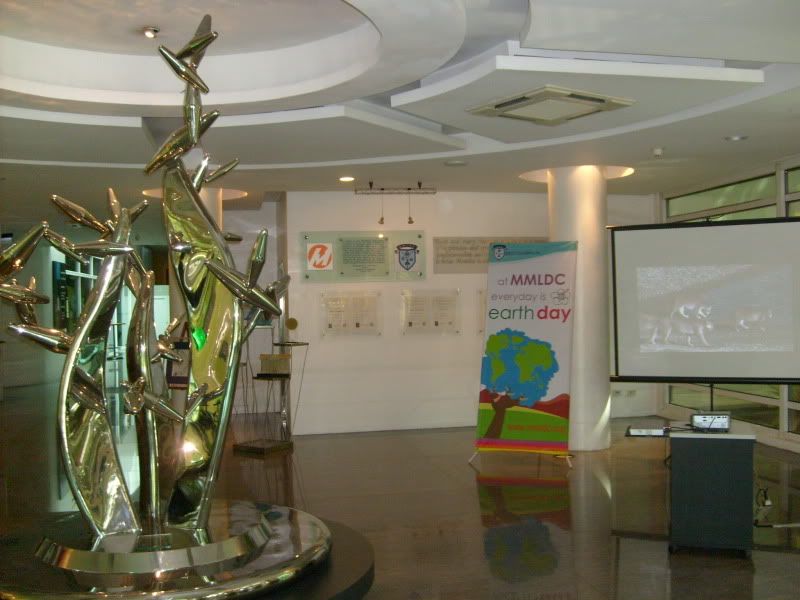
“At MMLDC everyday is Earth Day”:
Promoting corporate social and environmental responsibility
Unintentionally, our second and last day at the Center coincided with this year’s Earth Day. This strong advocacy for environmental responsibility was quite apparent throughout the complex.
All in all, I had a fine experience at the Center. Its relaxing natural atmosphere and sumptuous food offerings were more than enough to overcome the working stress of the planning activity that transpired.
Antipolo with its natural beauty and spiritual haven would surely reinvigorate any weary soul that seeks refuge from the hustle and bustle of the urban world.
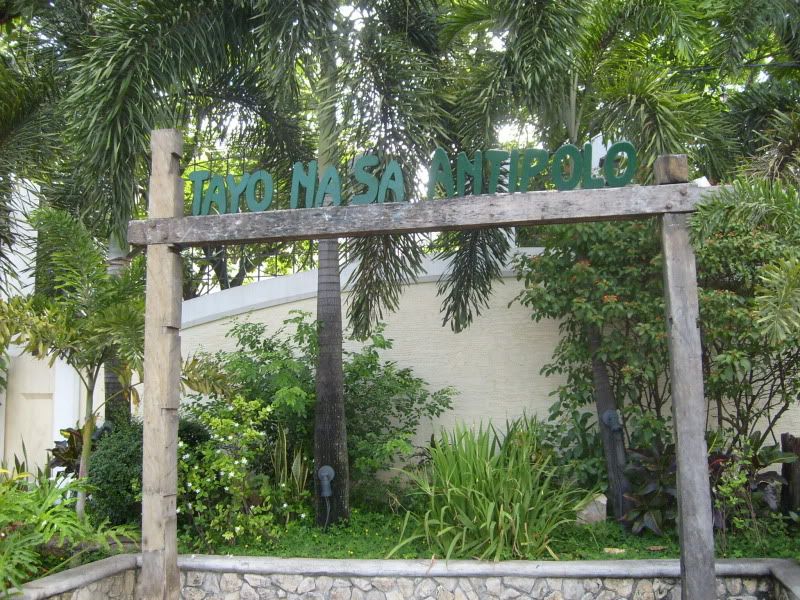

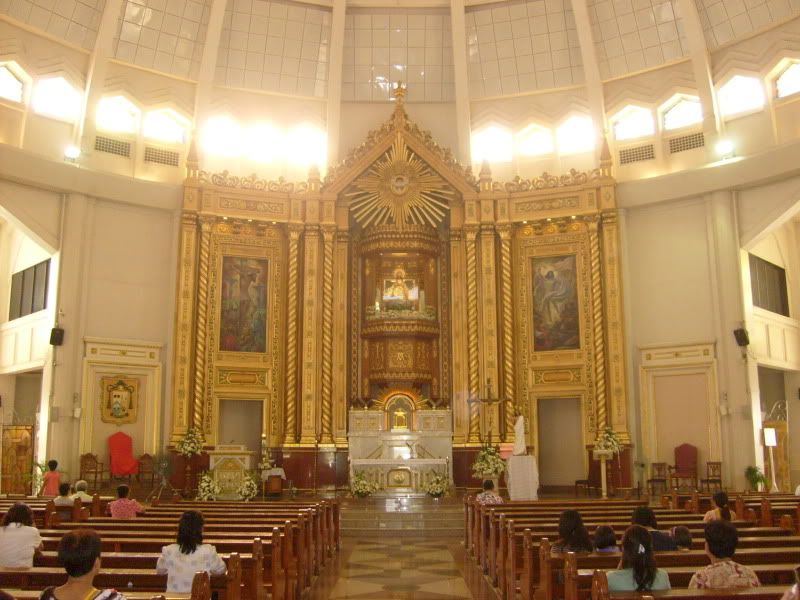
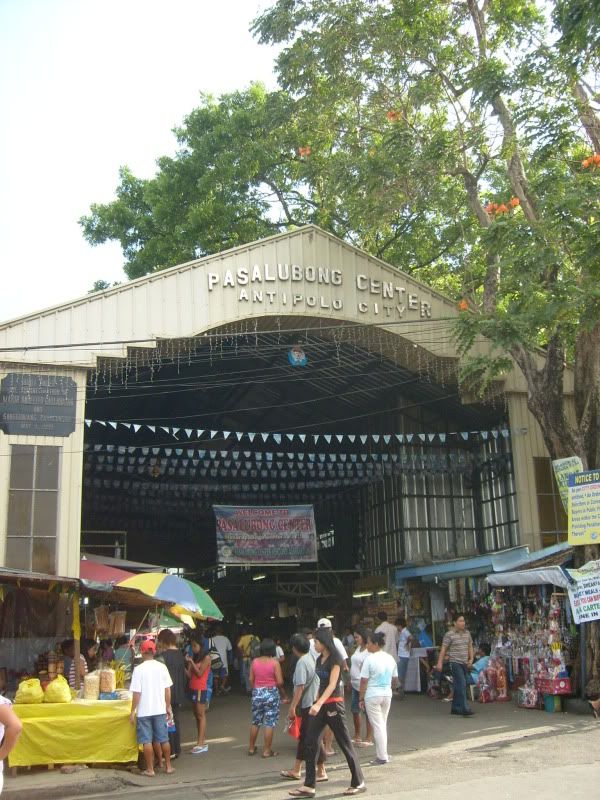
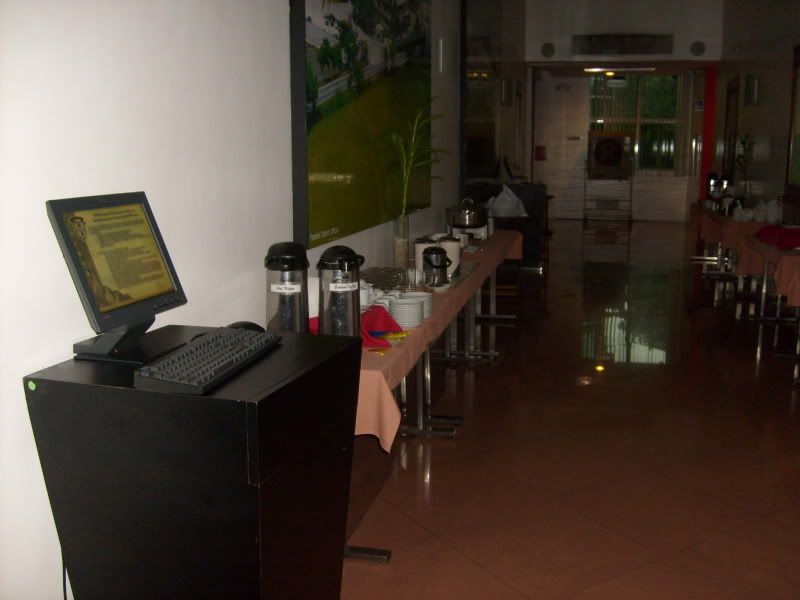
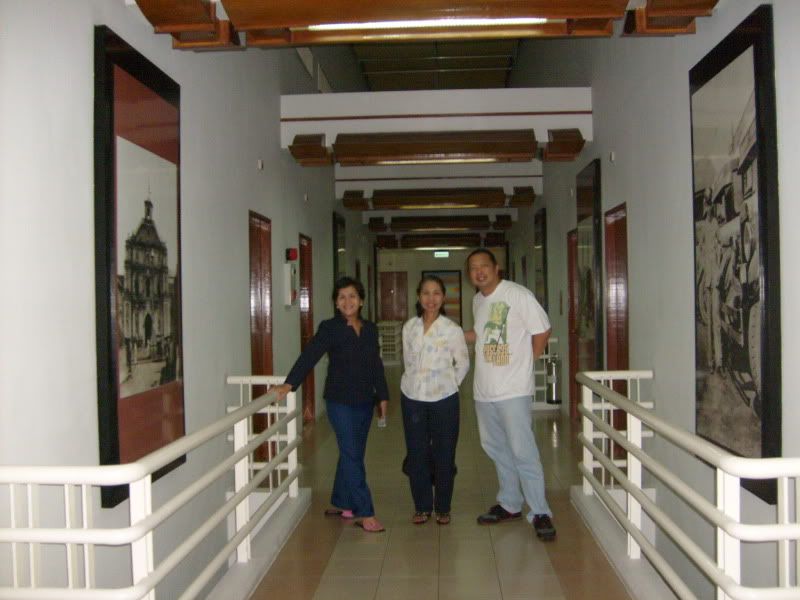

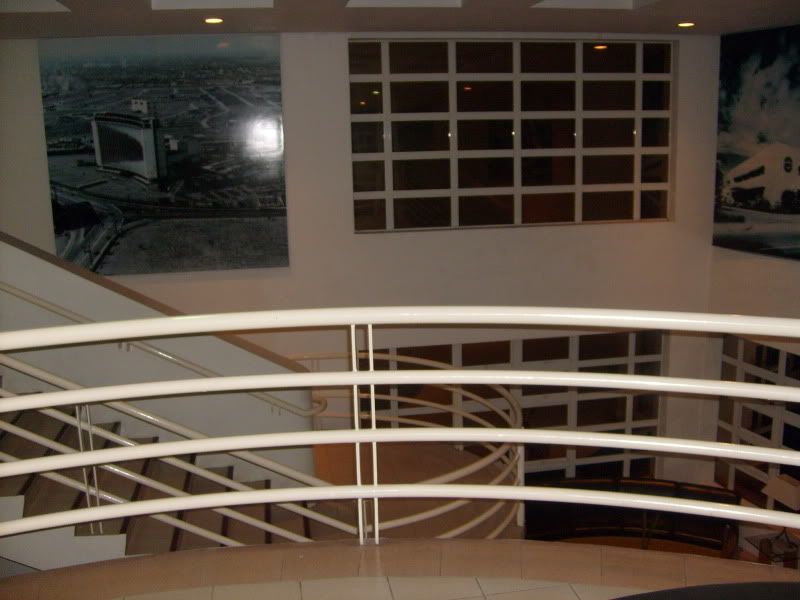
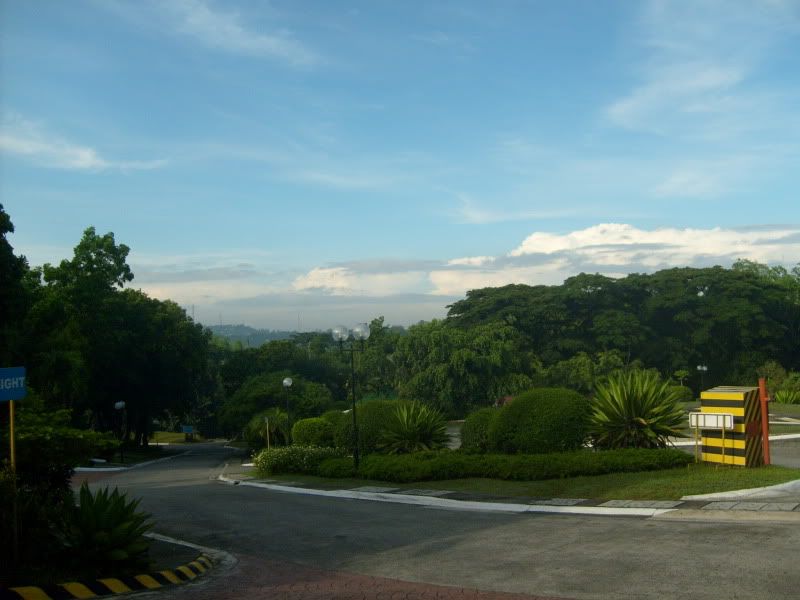
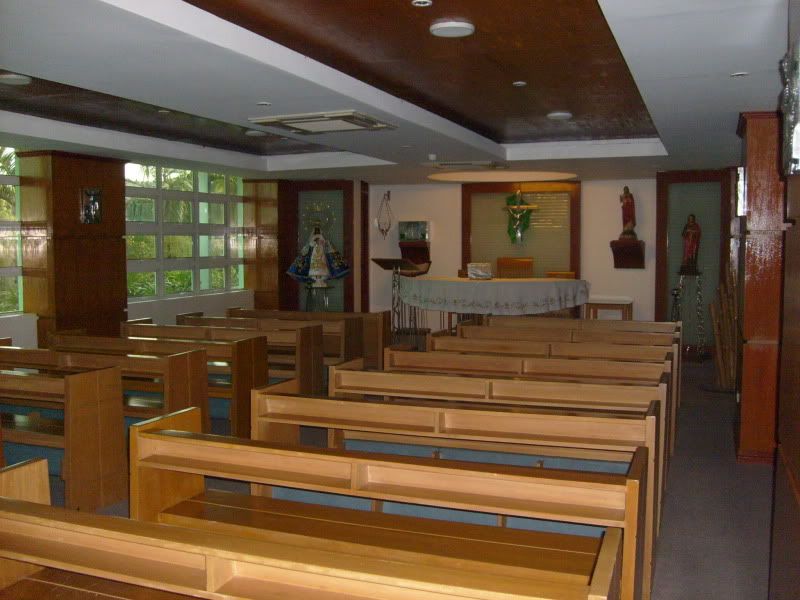
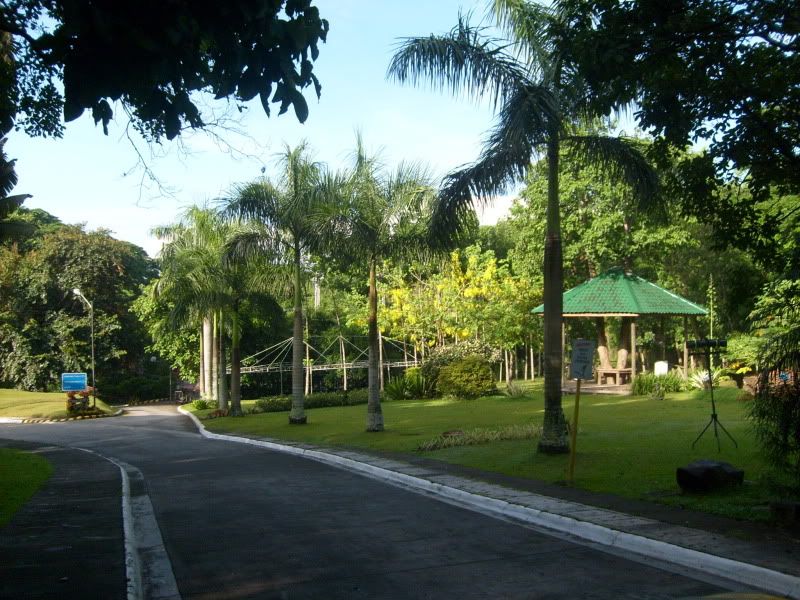

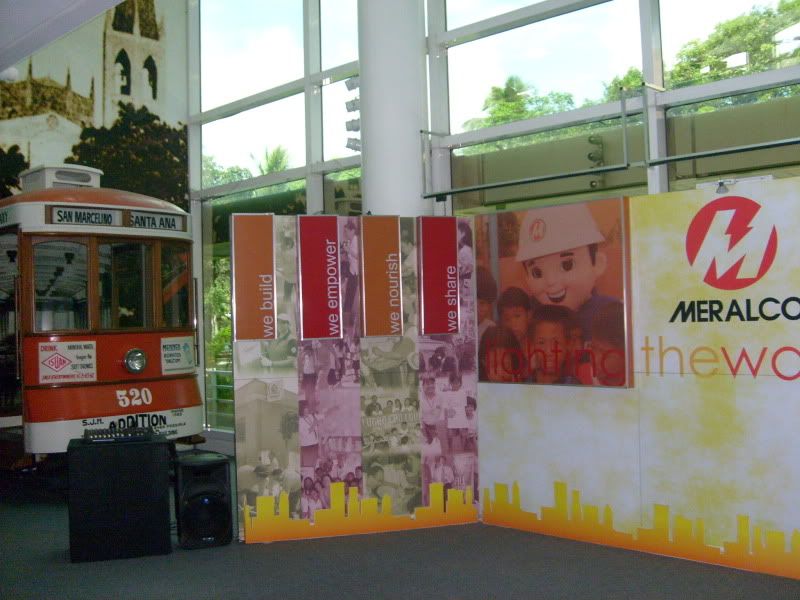
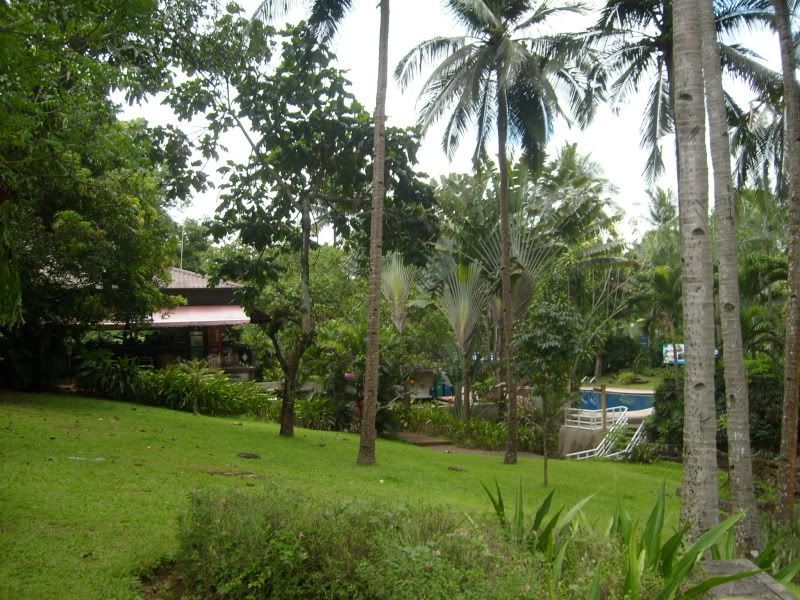
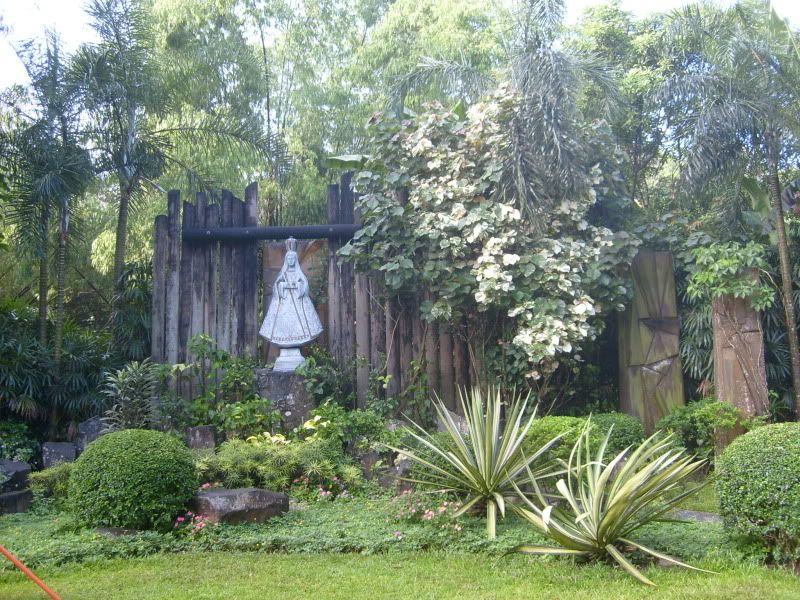
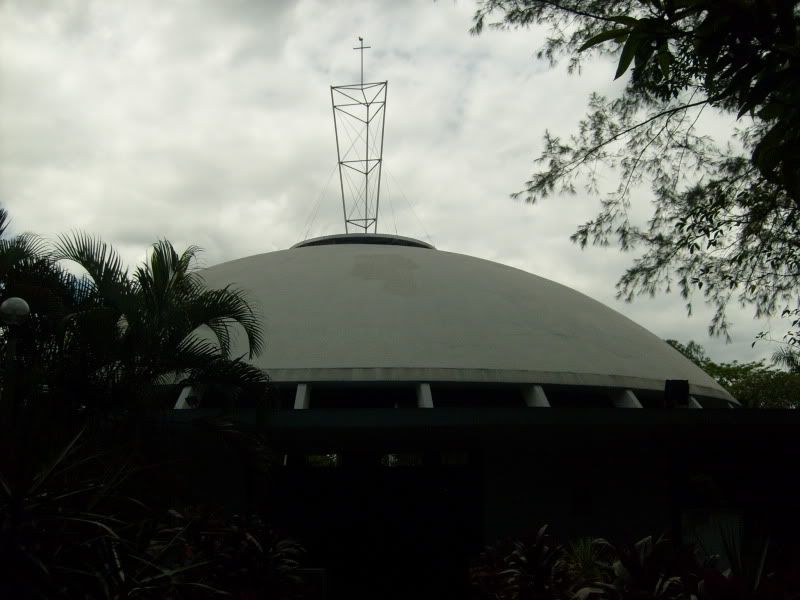

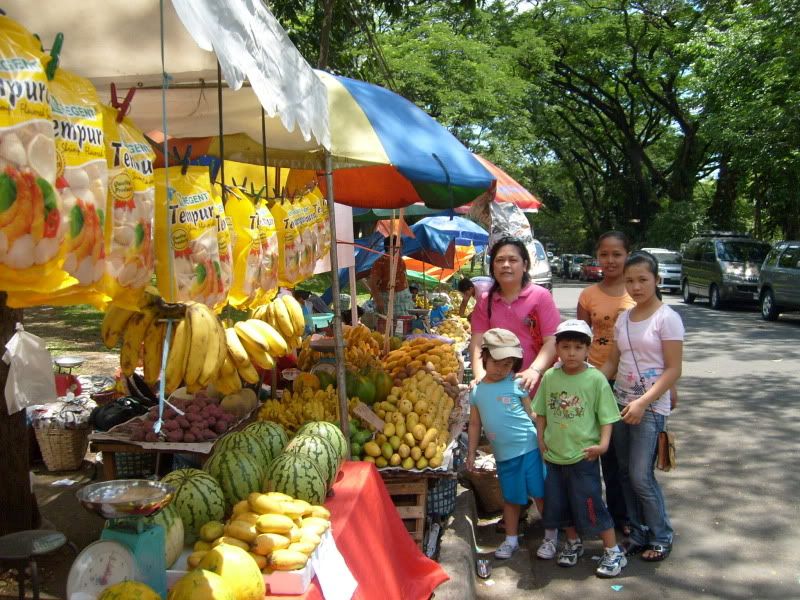

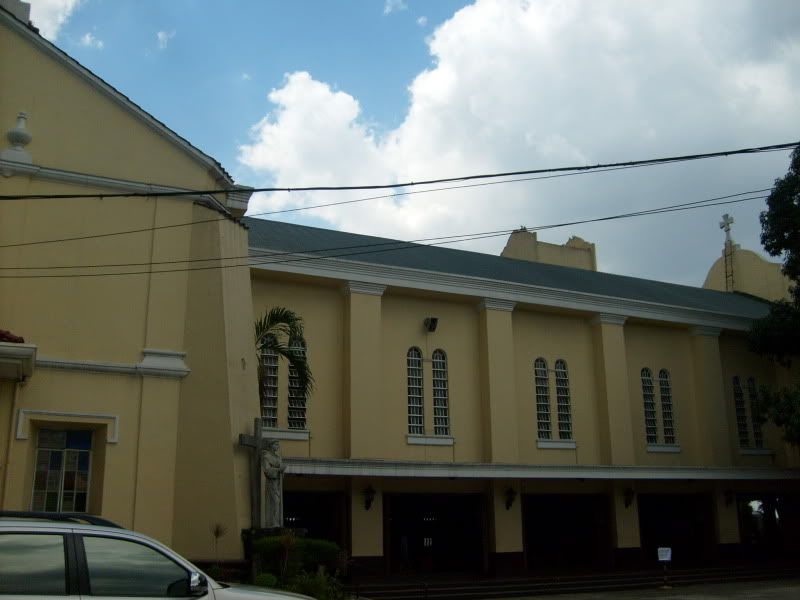
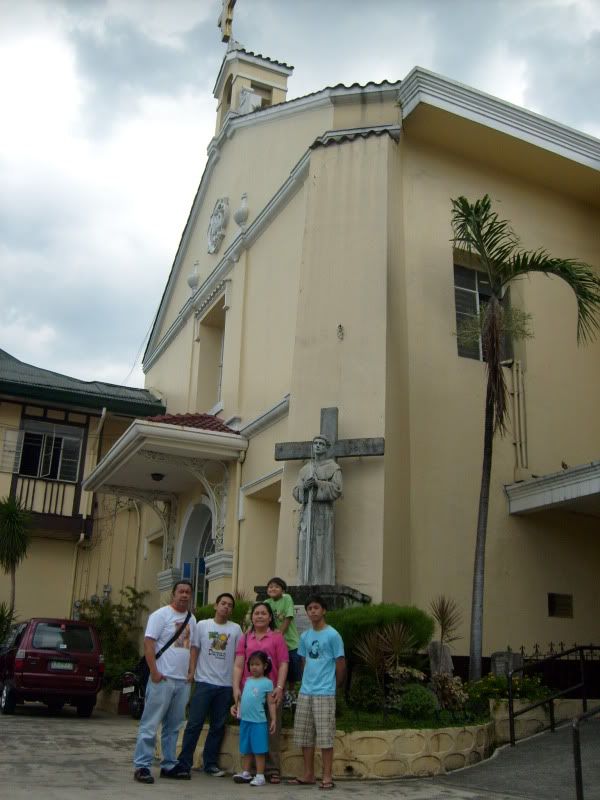
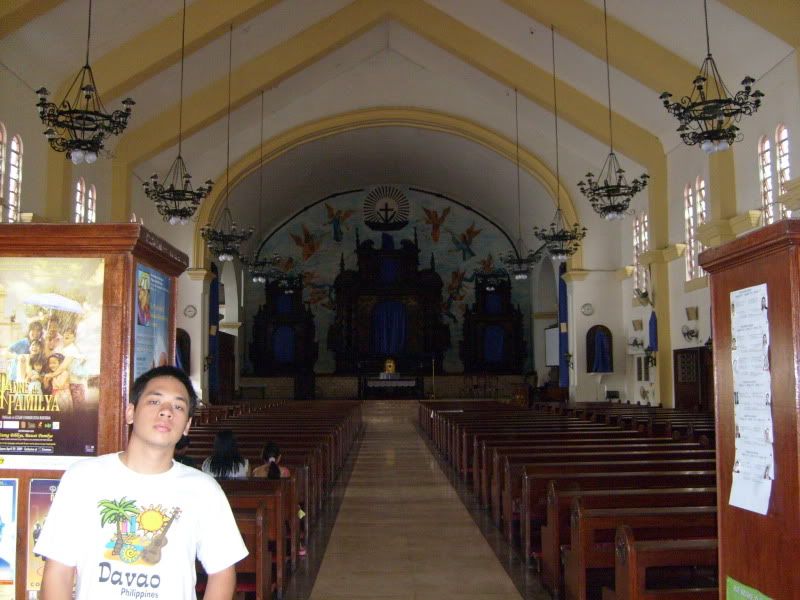
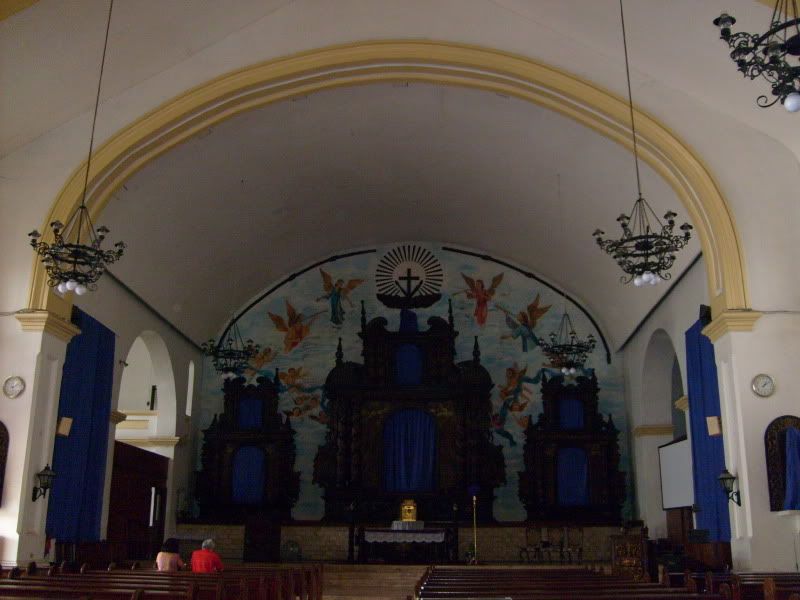

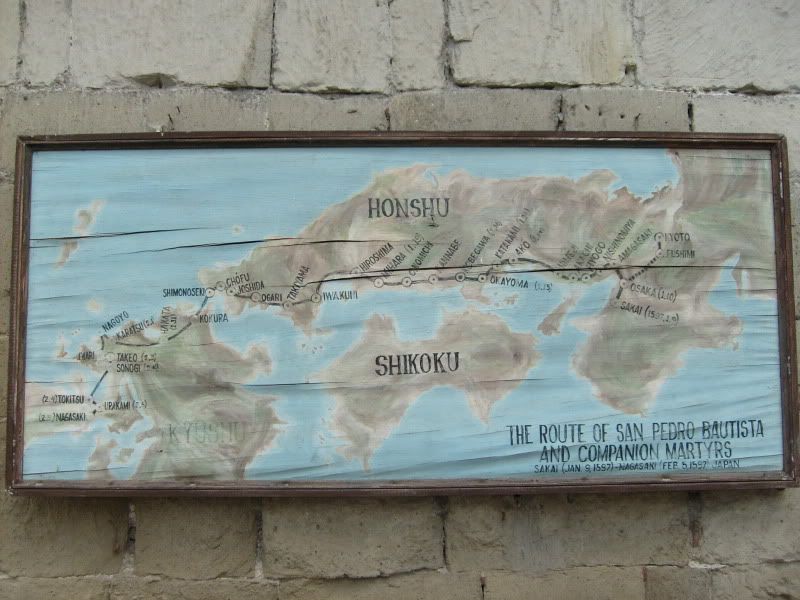
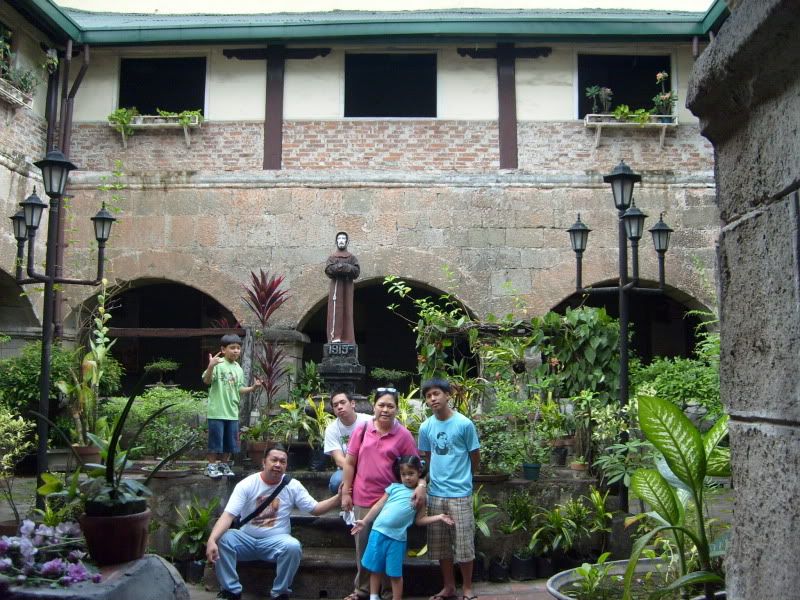

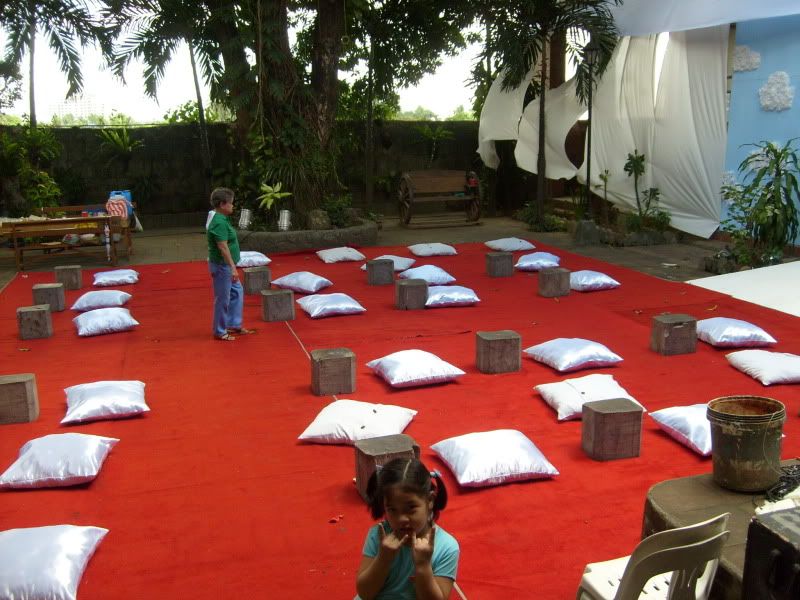

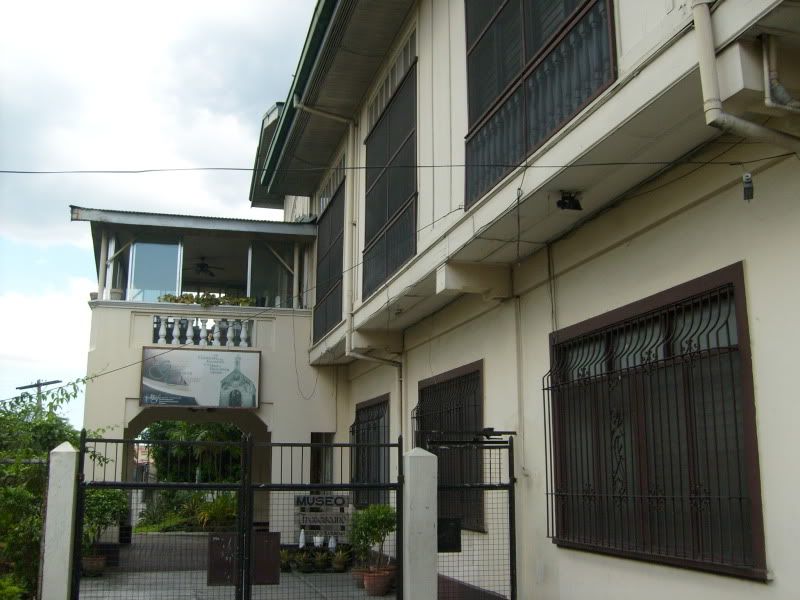
 Next stop: Sto. Domingo Church along Quezon Avenue
Next stop: Sto. Domingo Church along Quezon Avenue Home to the miraculous Our Lady of La Naval, the church was designated
Home to the miraculous Our Lady of La Naval, the church was designated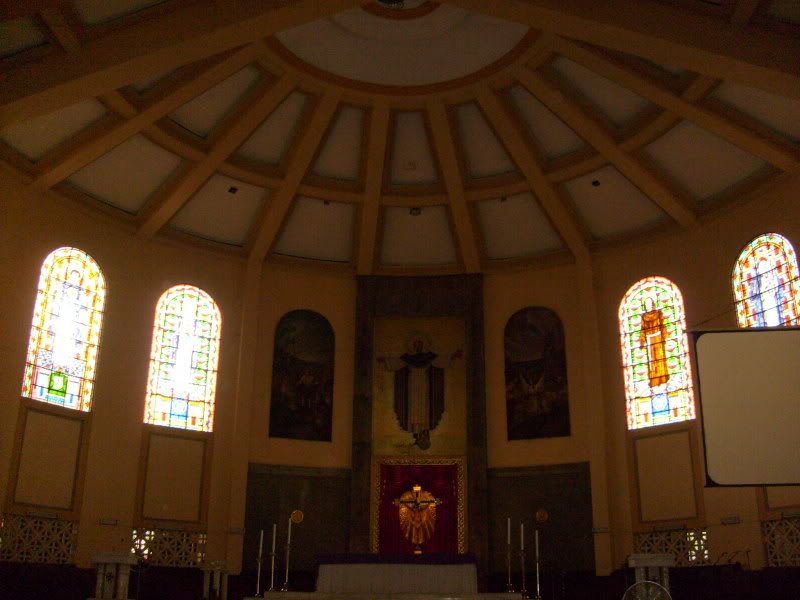
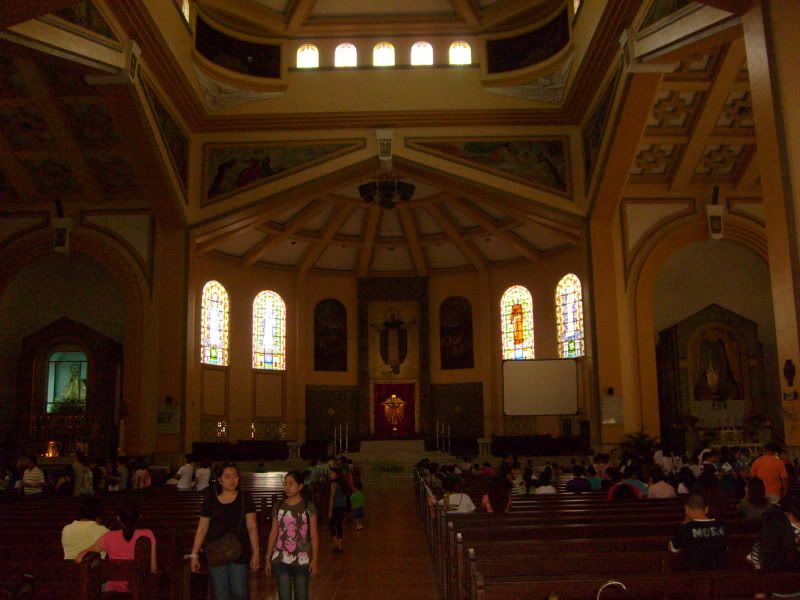
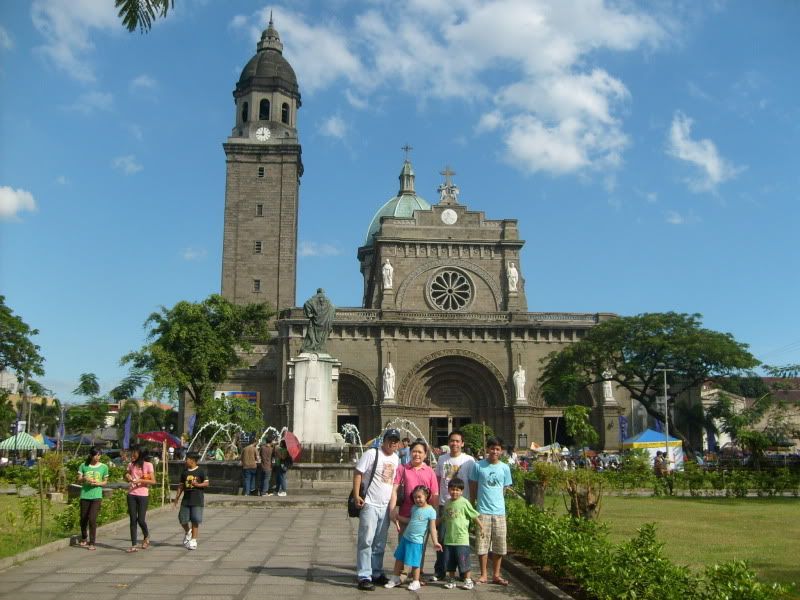
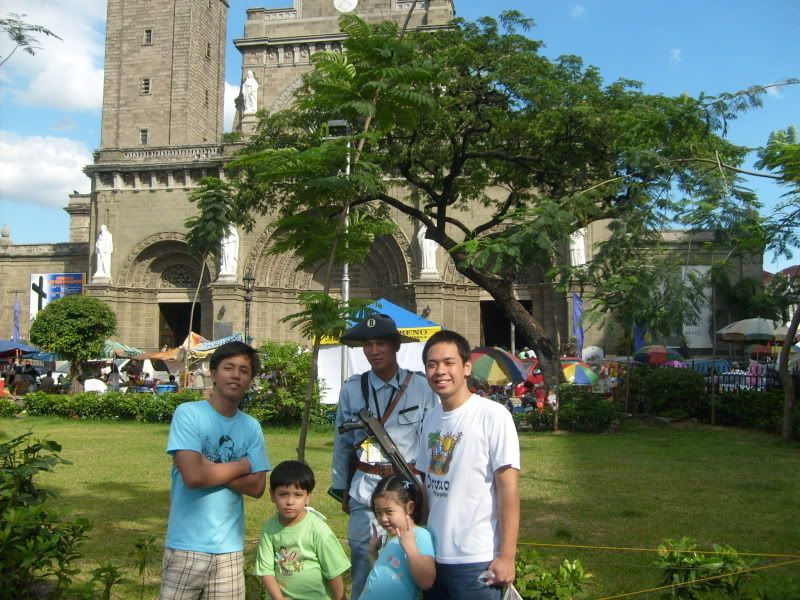

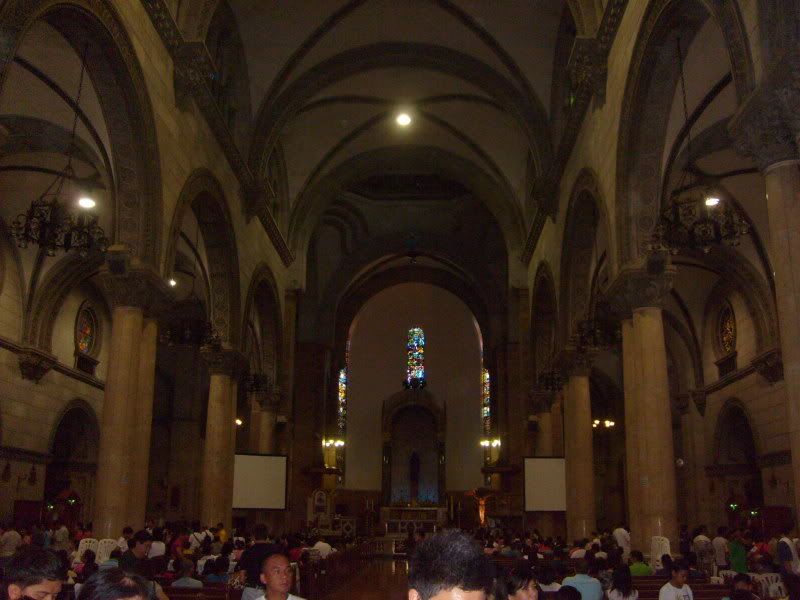 The Cathedral was filled with the faithful
The Cathedral was filled with the faithful
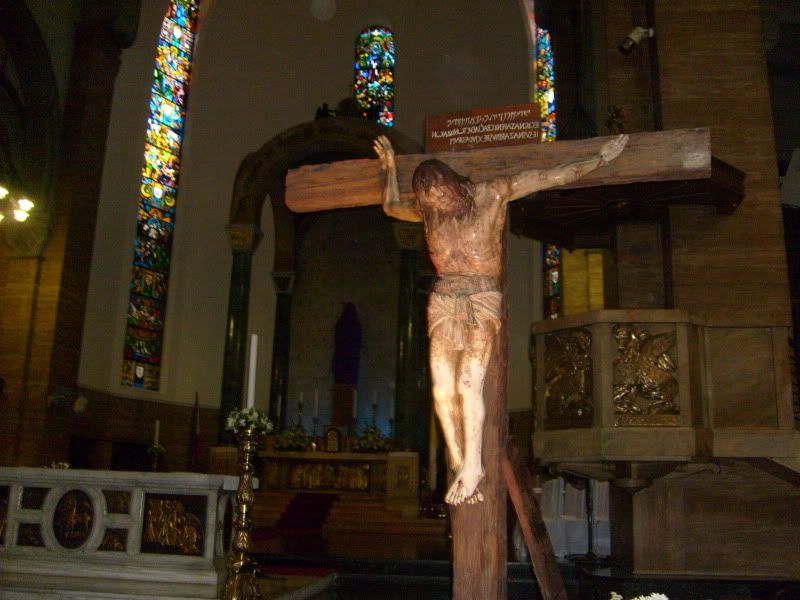
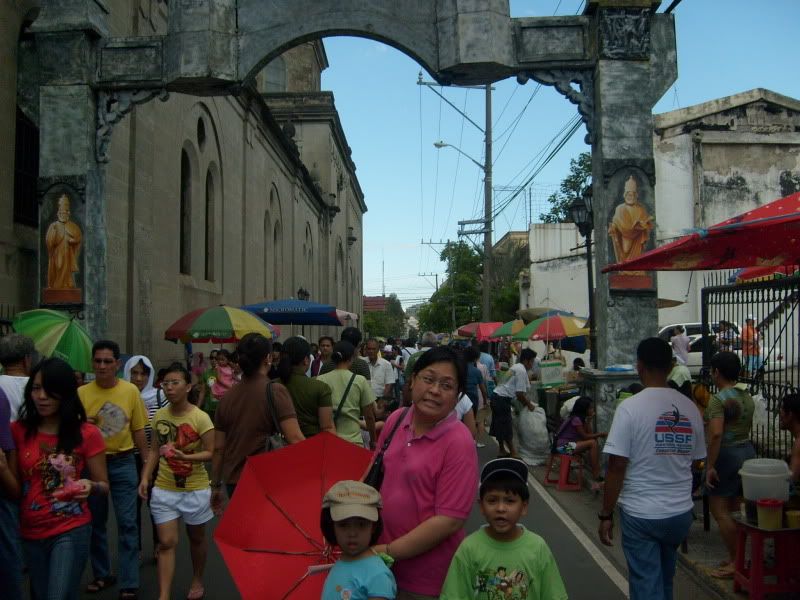
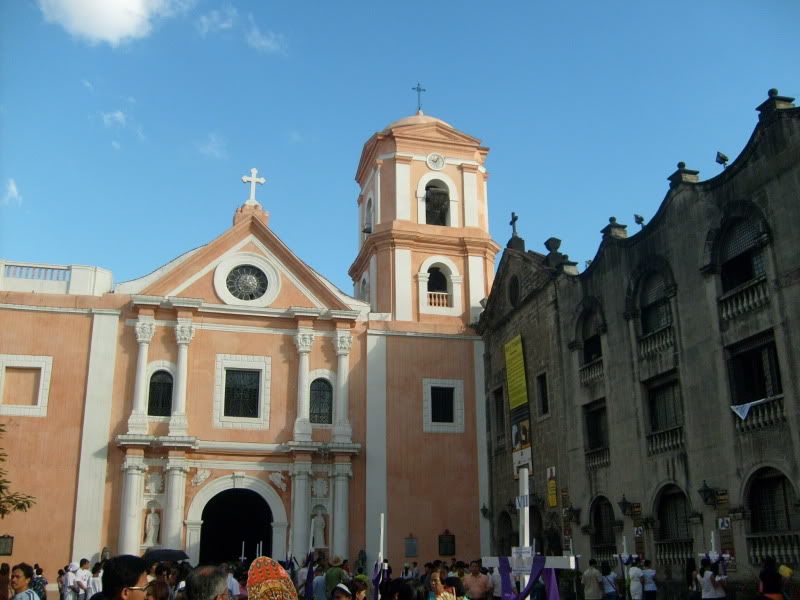 The Church of San Agustin and adjacent Museum
The Church of San Agustin and adjacent Museum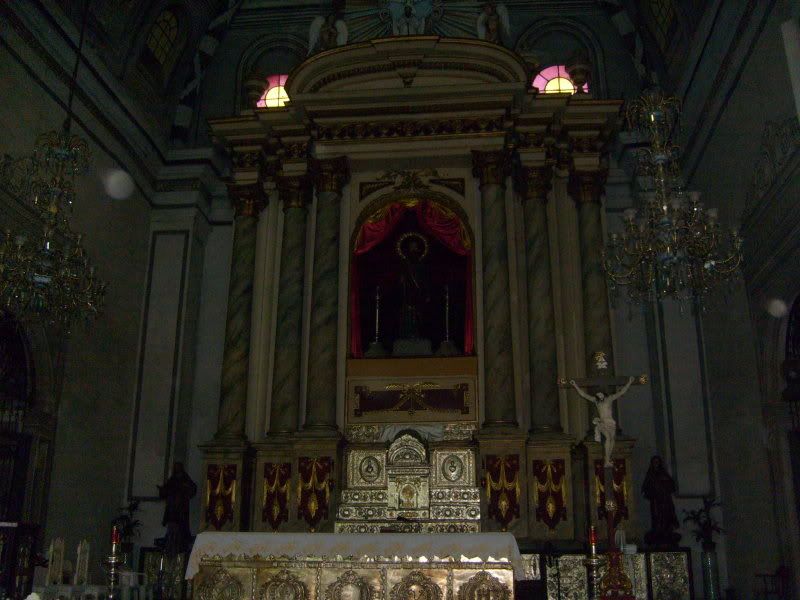
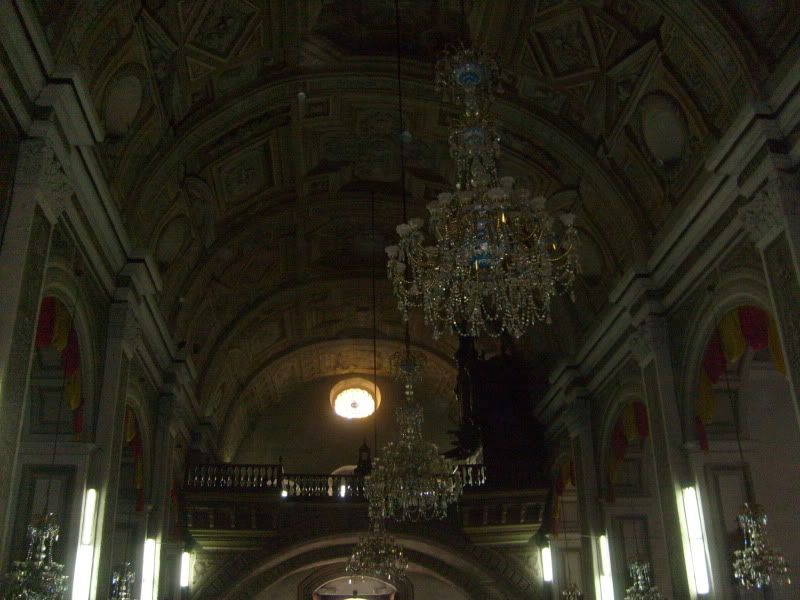
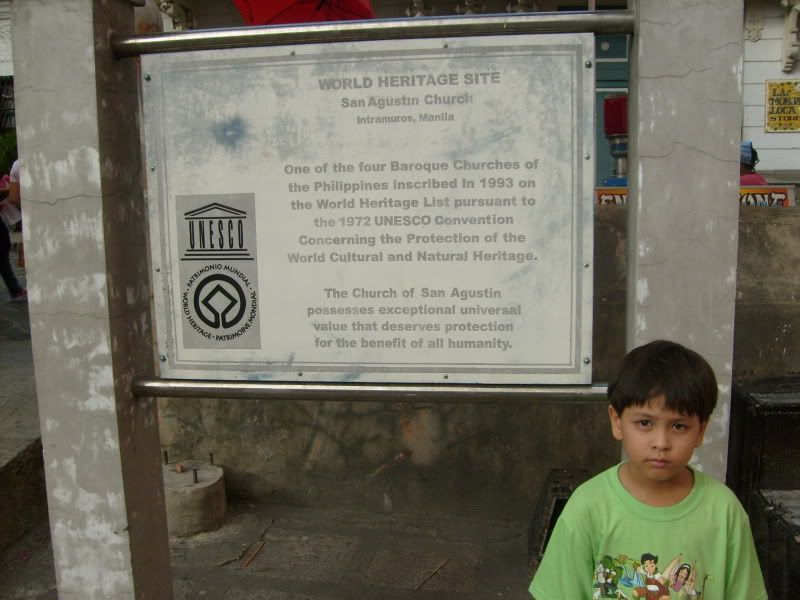
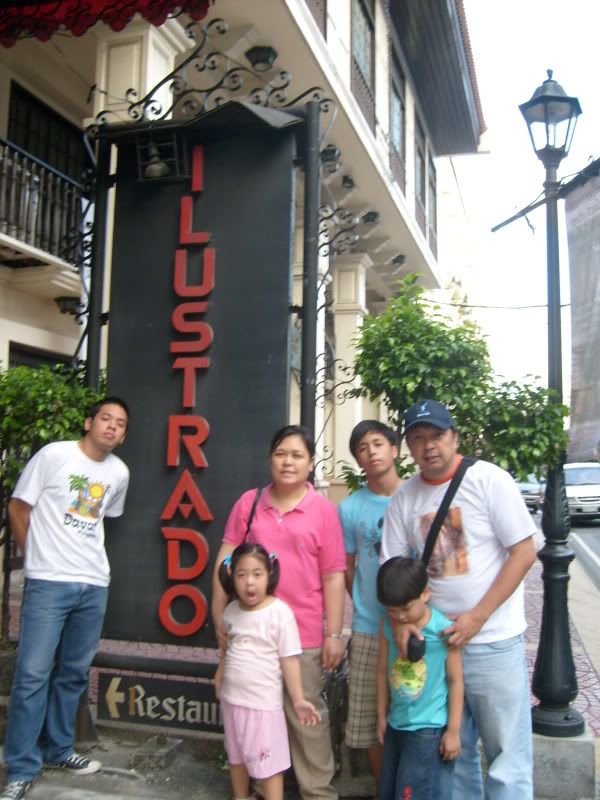
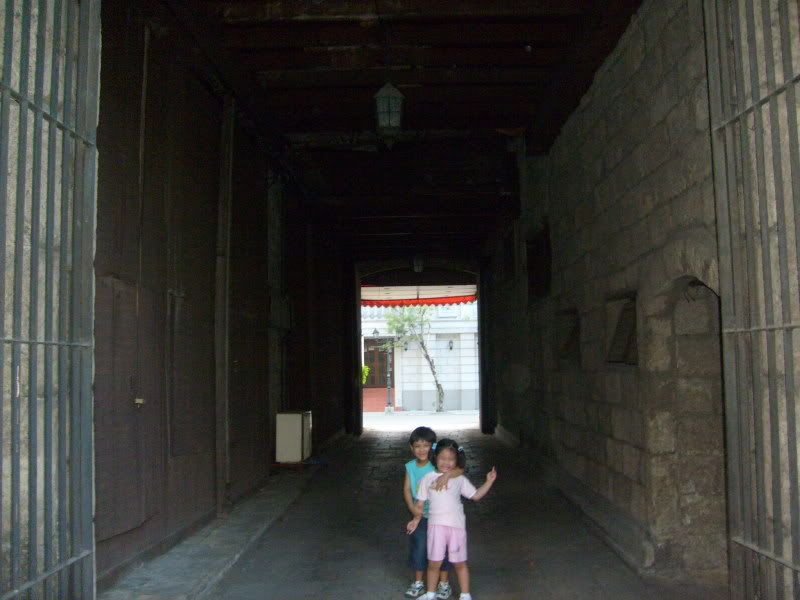 During the Spanish colonial times, this would have been where the horse-drawn ‘calesas’ would have passed to the homes or establishments on the other side of the street
During the Spanish colonial times, this would have been where the horse-drawn ‘calesas’ would have passed to the homes or establishments on the other side of the street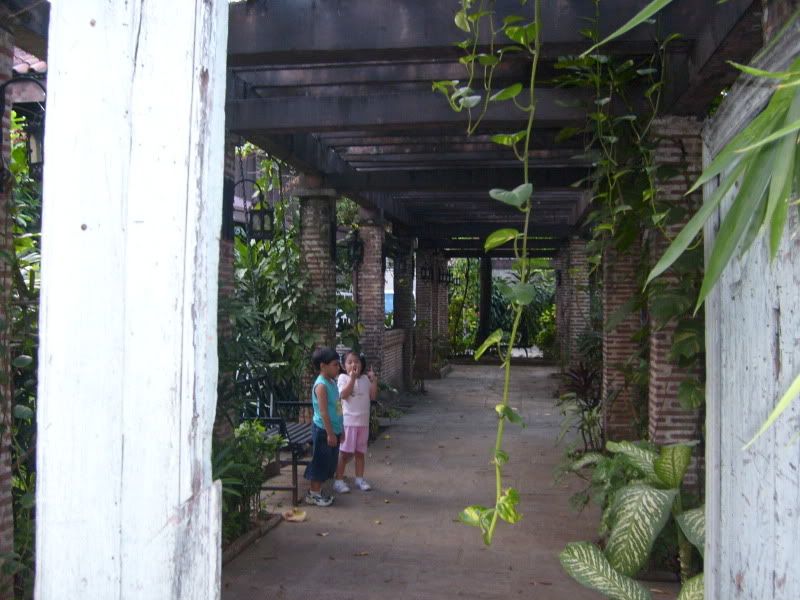 A serene walkway beside the restaurant
A serene walkway beside the restaurant A statue of St. Michael the Archangel welcomes customers inside
A statue of St. Michael the Archangel welcomes customers inside  Nothing like cool ‘halo-halo’ on a hot mid-summer’s afternoon
Nothing like cool ‘halo-halo’ on a hot mid-summer’s afternoon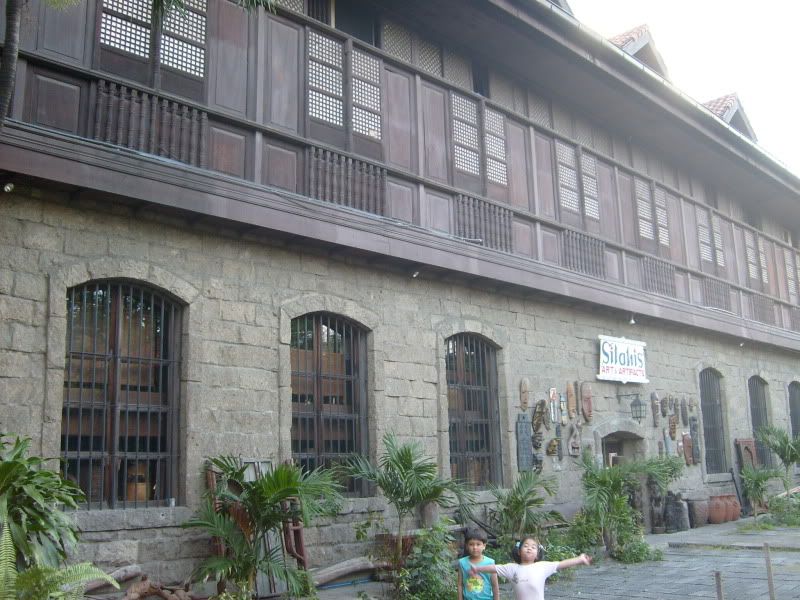 Like many reconstructed buildings in Intramuros, this building retained much of its original Spanish colonial architectural features -
Like many reconstructed buildings in Intramuros, this building retained much of its original Spanish colonial architectural features -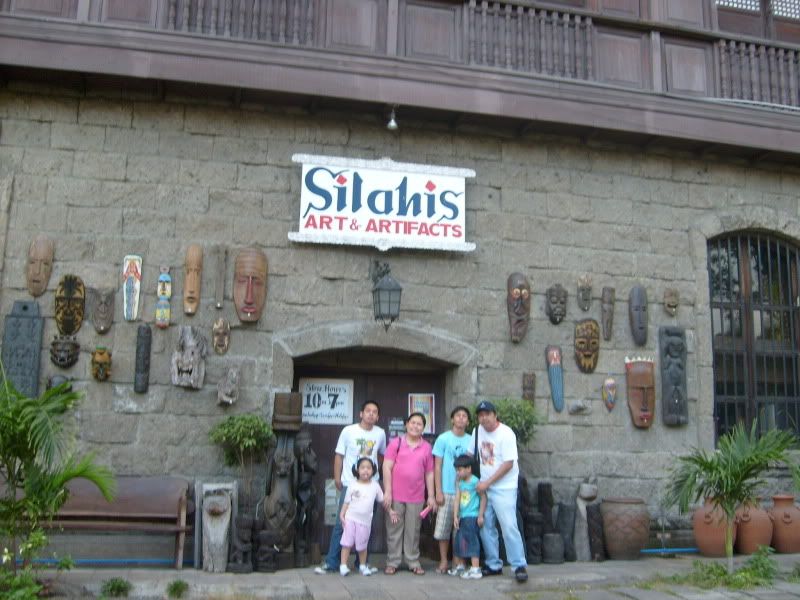
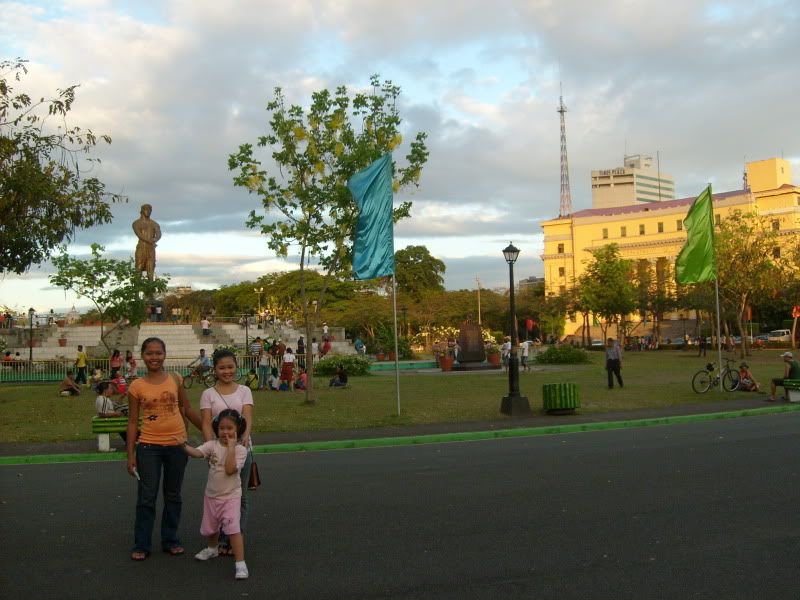 Faith and nannies May-may and Cha pose near the statue of Lapu-lapu
Faith and nannies May-may and Cha pose near the statue of Lapu-lapu